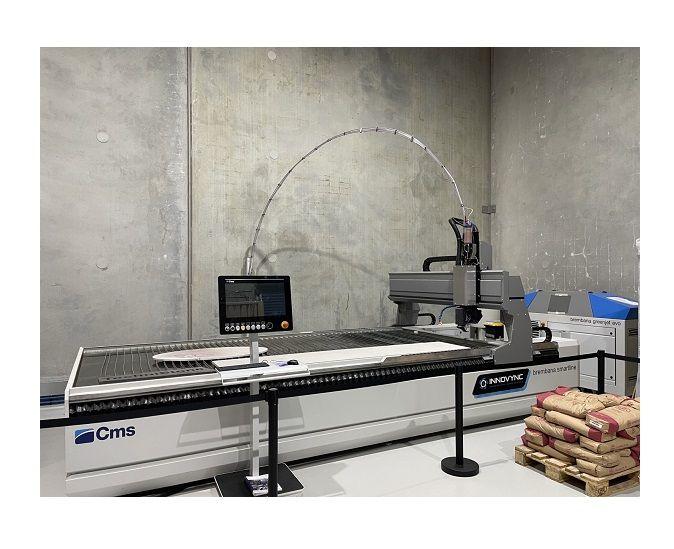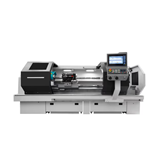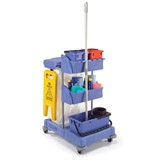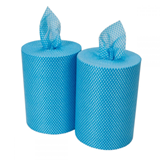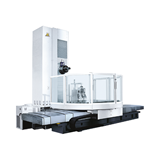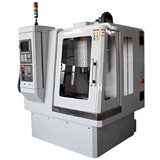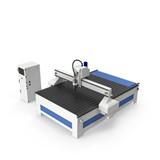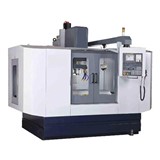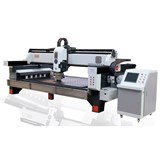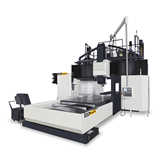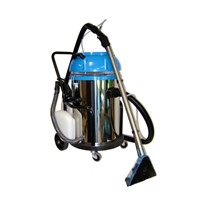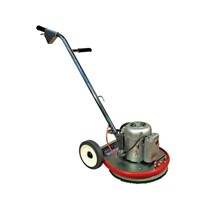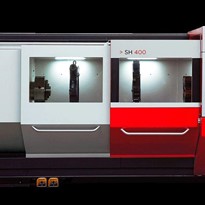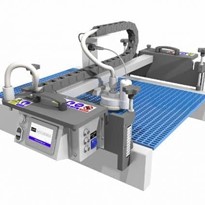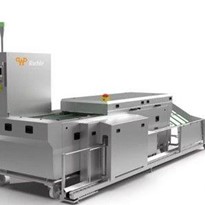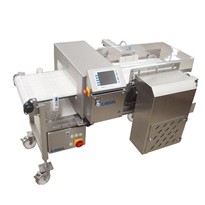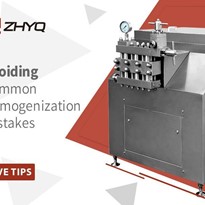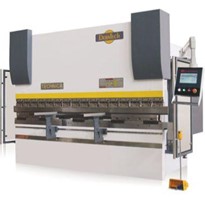By-products of the production process impact not only the quality of your finished parts, but also the longevity of the equipment at hand – so your “factory hygiene” is a crucial component to the success of your operations/ And how you go about it matters.
Think of it this way: the better you take care of your equipment, the better it’ll serve you over the long run. If you need any further convincing, just ask our technicians how many call-outs they’ve saved our clients by training them in how to care for and maintain their assets!
In saying that, there is a right way to go about the CNC machine cleaning process. To help you out, we asked our technicians what the most common cleaning mistakes were, and captured their top tips in written form, so you can come back to them for reference. Or use them when training new recruits.
Pay close attention – these steps are simple, but they make all the difference.
1. THE BASIC CNC MACHINE CLEANING PROCEDURE
Cleaning isn’t rocket science – but doing it right makes a big difference, The two basic things to remember are that:
- It needs to be done daily – so factor it into your workflow, and
- A little TLC (i.e. the right chemicals and processes) goes a long way
While buying fancy chemicals and products for your CNC milling machine, router, or waterjet can seem like a good idea, it’s completely unnecessary. There are only two simple ingredients needed for a good-quality scrub. Namely:
- Clean, non-recycled water straight from the tap
- A little bit of WD40
That’s all you need for regular day-to-day maintenance and upkeep. A thorough wipe every day eliminates layers of built-up materials that deposit themselves on components. If you let the gunk pile up, this could impede in the machine performance, and potentially lead to one of our technicians being called out to clear it up.
Save yourself the hassle by making cleaning an integral part of your day-to-day and you’ll get more done. Period.
2. BE CAREFUL WHERE YOU SPRAY
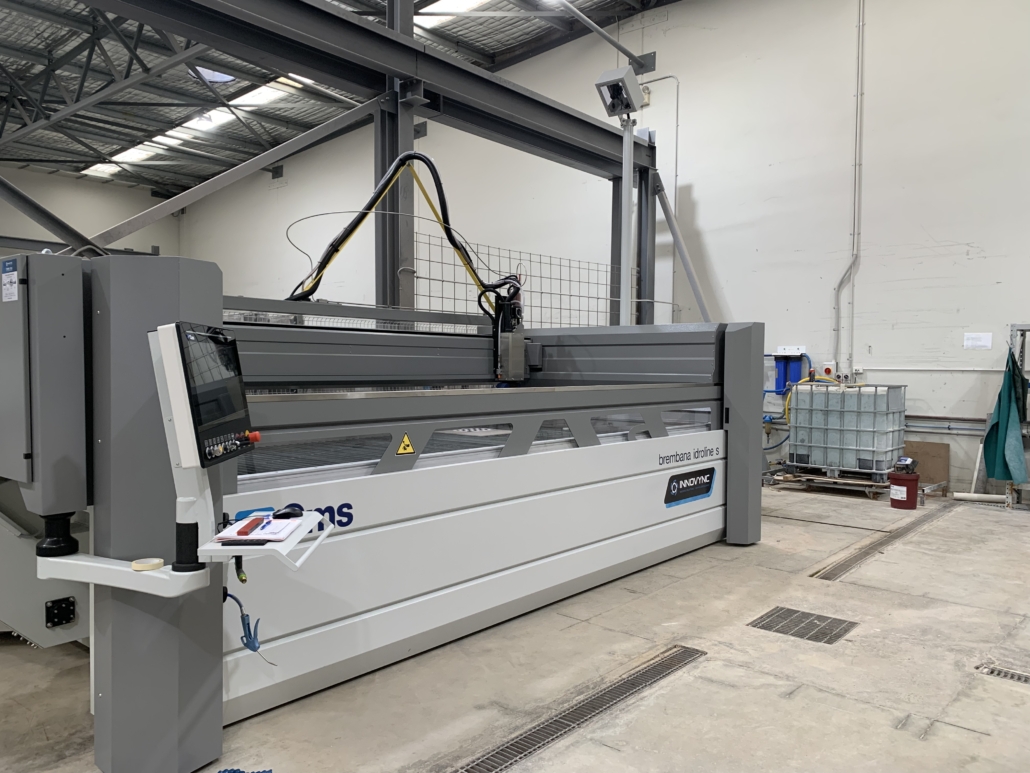
CNCs are a fusion between electronic and mechanical elements. While the electronic components are isolated, electrical accidents aren’t out of the question.
Minimise the chance of experiencing one by keeping fluids well away from exposed electrical components. This can easily be done by spraying the aforementioned H2O or WD40 onto a rag, rather than the component itself.
This is ideal for getting into those hard-to-reach places, like tool holders cones on CNC machining centres – which often get overlooked. To extend their working life and prevent corrosion, be sure to wipe carefully and regularly, leaving them smooth and shiny. Trust us, it’s well worth your while!
3. PAY CLOSE ATTENTION TO VACUUM LIFTERS AND WORKING TABLES
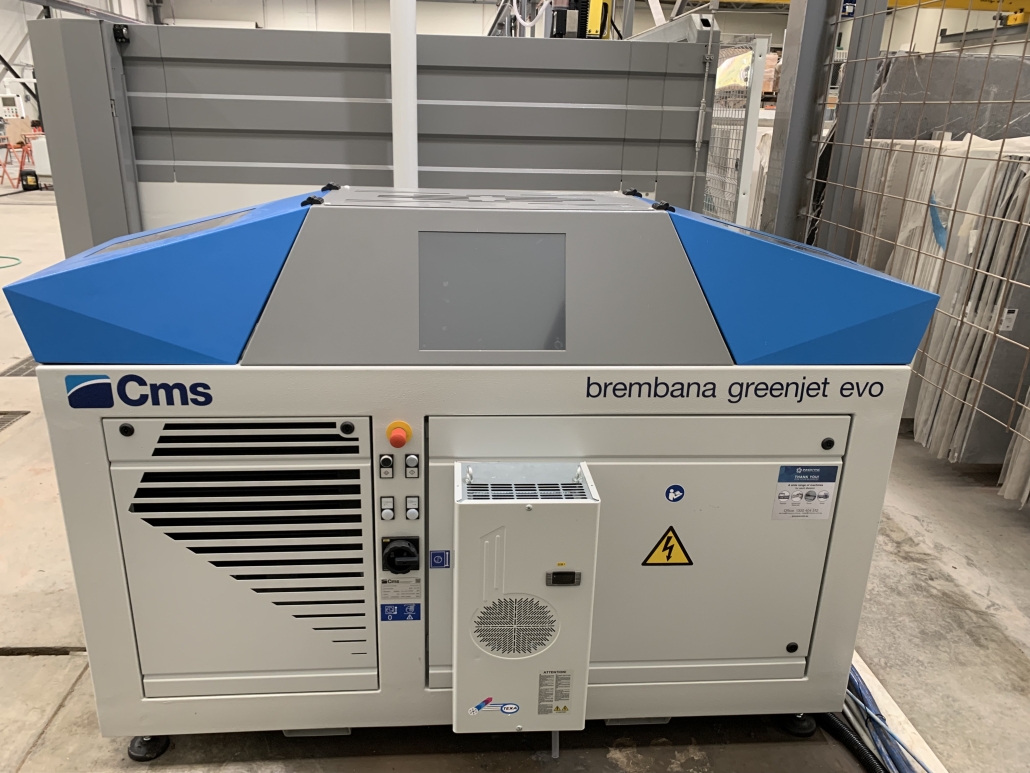
No matter how high-tech your factory is, it won’t function optimally if the tools aren’t taken care of.
Two elements that MUST be checked every time are vacuum lifters and working tables. The suction strength of lifters requires an entirely dust-free surface or else it may not stick to materials. Ensuring the seals and gaskets of the lifters are in good condition and dust-free is a must. Handling heavy stone slabs or glass panels relies on industrial-strength force to move them around the factory safely and efficiently, which our stone handling equipment is fully capable of doing, when used right.
The second element to pay careful attention to is the working table. Whether you’re working with waterjets or CMS’ CNC machines, be sure to check that all processed parts from previous cycles are removed, making way for the next lot.
For best results, make sure to remove even the smallest of pieces and give it a a quick spray-down with water. A clean, flat working surface is essential to achieving precise results – and having the next workpiece rest on an uneven surface is a recipe for disaster!
4. USE COMPUTERS EXCLUSIVELY FOR WORK
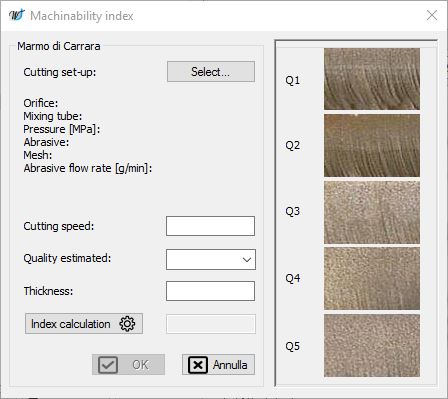
While it’s tempting to think of CNC computers as regular PCs (after all, our CMS machines run on easy-to-use Windows 10); they are the brains that bring everything into production. If you clutter them up, everything moves slower – which means you’re less productive during the day.
Make sure that your operators know this and keep their activities strictly production-related. Programs like EasyStone from DDX Software and other CAD/CAM tools are powerful – but they work best when they’re not competing for memory and RAM. Avoid downloading other programs or files on the PC that aren’t CNC related!
If that’s difficult to achieve, we suggest buying a dedicated laptop or device that can be used on the floor for other activities, such as keeping track of production scheduling, printing shop drawings, checking emails, and other admin work. This is a simple tip (like the former three) but it’s surprising how often it’s overlooked…
All in all, the best way to keep mistakes down to a minimum is to share good practices with your staff and make sure they know why it’s important to practice them in the workshop. Why not start with this guide and see the difference a few well-targeted, simple tips can make?


